Purple partners: Pulsatilla nuttalliana, commonly known as Pasqueflowers. Often found in colonies one of the first showy blooms in spring.
The first flowers of the year always bring a boost of exhileration, don’t they? And when spring comes to Joder Ranch lucky wanderers can discover a perfect trifecta of beautiful blooms. You can enter Joder Ranch Open Space in Boulder from two places, one is from a parking lot off Rt. 36, which involves a long walk up a boring dirt road. But let’s take this trip from the other entrance, from Old Stage Road, where a short walk brings you quickly to a meadow full of a diverse mix of native wildflowers. Spring delights there include, in the order we will see them: the Easter daisy, Townsendia hookeri; Pasqueflower, Pulsatilla nuttalliana; and finally, the aptly named Western springbeauty, Claytonia rosea; it’s in a secret place. You probably won’t find it without my map.
Please note: There are two parking areas you can use on Old Stage Road. Coming north from Boulder, about a block past the Park entrance, which is just a trailhead with No Parking signs, you will see a small parking area on the left side of the road, routinely used by hikers and bikers, or you can cross the intersection there with Lefthand Canyon Road and use the Buckingham Park parking lot.
These tough spring ephemerals all share some of the same survival strategies. They stay low to the ground to conserve energy and protect themselves from wind and snow. They don’t need to reach upward very far because they aren’t competing for sunlight with all the other grasses and flowers that will soon be trying to fight for a place in the sun. They have developed specific relationships with the earliest pollinators, especially the bees and flies that also emerge early.
Townsendia hookeri, when fully open the leaves almost disappear under the blossoms. This species has many common names including Easter Daisy, Townsend’s Easter daisy, and many iterations of those words.
Claude Barr. author of Jewels of the Plains, wrote this about Townsendias: “The flower buds remain green against any odds of winter weather and hurry toward binging out every blossom within a few days.”
The meadow path transitions briefly through an open Ponderosa pine stand where we meet up with numerous clusters of another flower whose common name is associated with Easter, the Pasqueflower, Pulsatiilla nutilliana. These purple beauties are just irrresistible. Do I really need another shot of a Pasqueflower, I ask myself. A rhetorical question…look at this one, such a deep purple… and this one with the sun on it…well, you get the picture.
The flower’s name is derived from the word ‘paschal’ which means ‘of or relating to Easter or Passover.’ So it is usually appearing right on time. One of its interesting adaptations is the way plant has protected itself with a plethora of hairs, conserving heat and keeping snow away.
Another adaptive strategy employed by these Pasqueflowers is the ability to turn the flower’s face during the day to follow the sun. In addition, the parabolic shape and reflective surface of the sepals bounces solar radiation into the center of the flower raising the temperature close to 18 degrees higher than the ambient temperature. This provides a warm place for polllinators; bees will sometimes have a sleepover there, and also hastens seed development. Pretty tricky!
Many terms exist to describe the various kinds of plant hair. Pusatilla nuttalliana is covered mostly with villous hairs – villous means fine, long and unmattted.
In the center yellow stamens, the male part of the flower, are packed tightly together in groups of 150 – 200. In the middle of the stamens you can see a cluster of pistils, the female part of the flower. Fertilized seeds are each attached to an awn made of alternating strands of tissue that vary in ability to hold water. This enables them to twist and turn as rain falls, in effect drilling themselves into the ground.
Claytonia rosea has distinct pollinator guidelines, visual markings that lead the bees right to the pollen treasure. All of the Claytonia species grow from an underground tuber that was used by indigenous peoples as an early spring food source. The tubers are small, it must have been a lot of work to gather sufficient quanities, but it must have been worth the effort after winter’s scarcity.
Western springbeauty, Claytonia rosea, holds a special connection for me. Coming from Virginia, Claytonia virginica was one of the flowers I relished seeing in early spring. So coming upon the cheerful faces of the Colorado native cousin, with nearly identical blooms, was a happy encounter. These little beauties close up each evening, possibly to preserve and protect pollen for the hours when the early-emergent native bees are active in the warmth of day.
Thomas Stoughton, PhD of Botany and a taxonomic expert on Claytonia, informed me on iNaturalist, the Citizen Science database where we both post photos, that all the Claytonia here in the foothills and the Rockies were C. rosea, and not C. lanceolata, one of the five Claytonia species native here that looks quite similar. I’m only the messenger.
Find Western springbeauties in ponderosa pine and pinyon pine/juniper forests.
This is the tree where you will find a few small clusters of Western springbeauty. They are only about five inches high here and hiding behind pine cones. How I ever saw them from the trail I have no idea. But seriously. If you do go to look, the tree stands alone about five feet off the right hand side as you head downward toward Rt. 36. Only you aren’t going that way, you’re turning around and heading back to see all those amazing native plants again on the way home.
Sue Dingwell
Colorado Native Plant Society
Media Committee
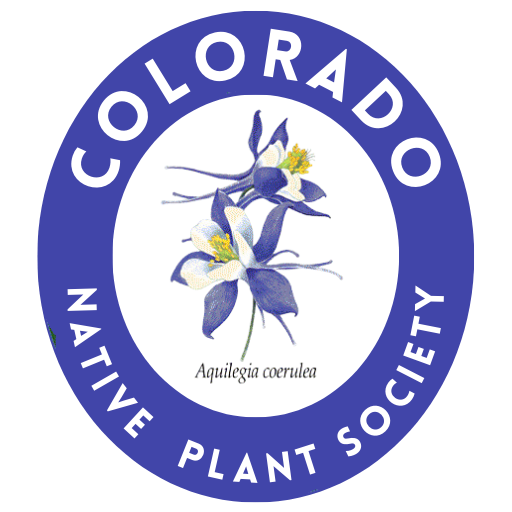
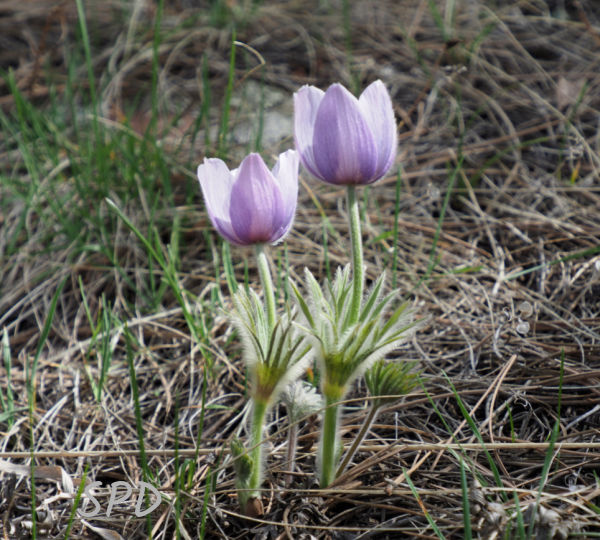
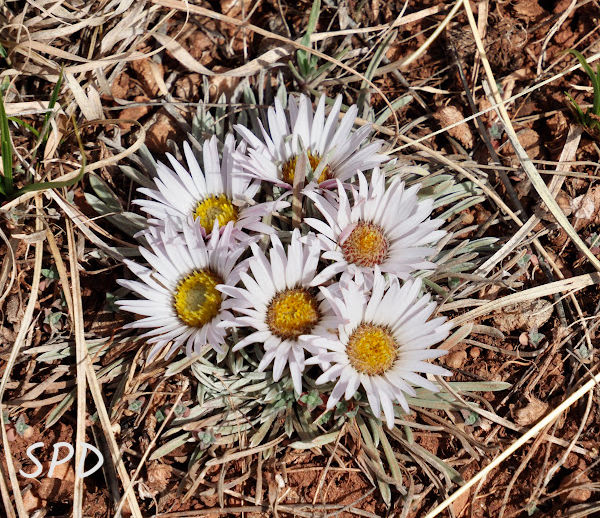
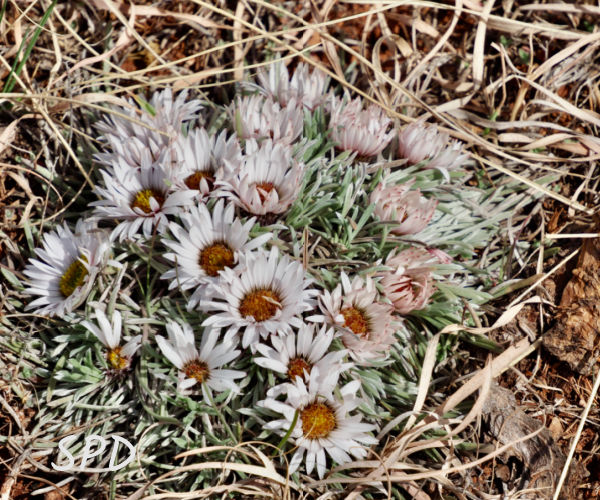
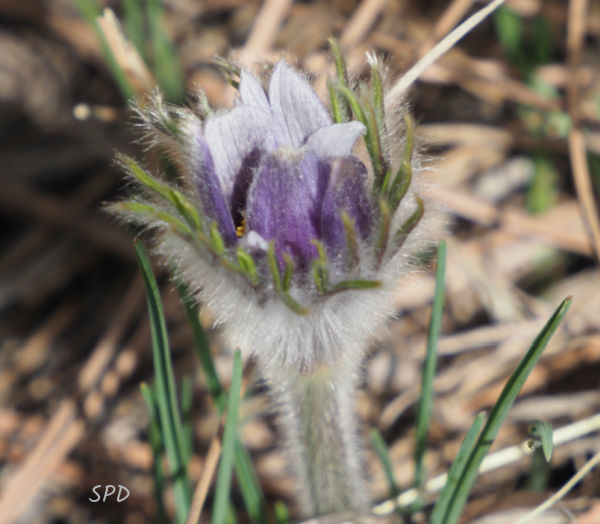
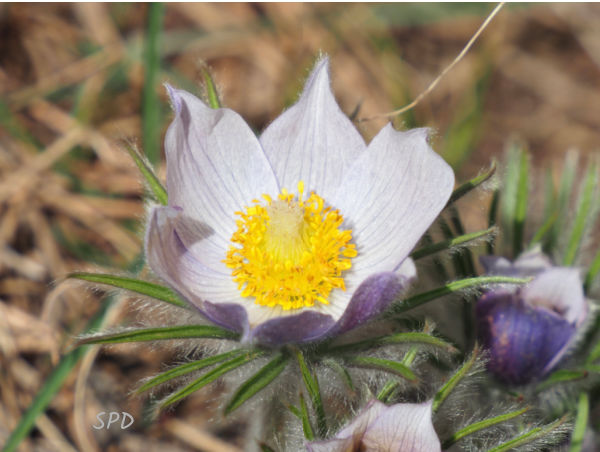
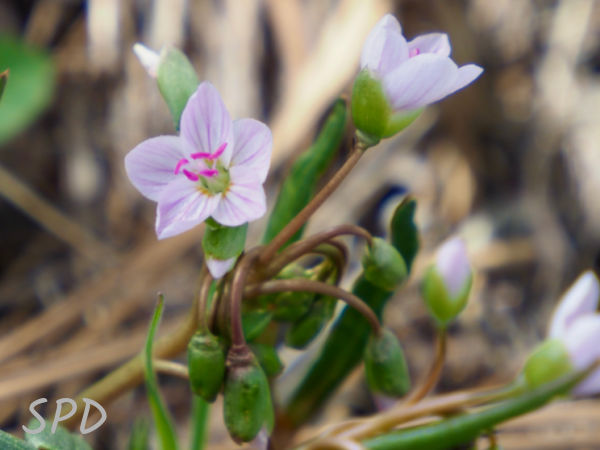
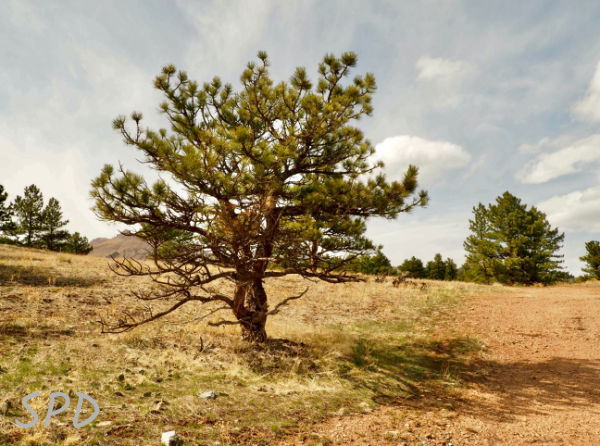
Great post Sue! Thank you for your efforts. I was looking at my photos yesterday and I have a Pulsatilla patens labeled as a Anemone patens. I forgot about that name update.
Would you say that P. nuttalliana is always more hairy than P. patens?
Taxonomic changes pushed out on iNat have led me to think that P. nuttalliana is the new name for P. patens. I have heard a rumor, unverified by independent sources, that the new name is going to be moved out and switched up soon, so maybe we should wait to debate! Thanks for your comment and your question both!
Please tell me where this place is. Thanks
Joder Ranch is in Boulder; a link to the address, directions, and a trail map is given in the first paragraph:
Joder Ranch Open Space
Have a great hike!
This is a marvelous post! Fascinating info.
Did you happen to see any Nothocalais cuptidata (hope I got that right)? Common name Curly leaf dandelion? A friend and I feel we may have seen more this year than previously. Thanks for the directions and idea for a hike.
Andrea, yes indeed, you can see Nothocalais cupidata at Joder, this one was just coming into bloom there yesterday.

Thanks so much for your comment and especially for all your great work on the Pollinator Corridor at Goss-Grove! A future blog
post waiting to happen!